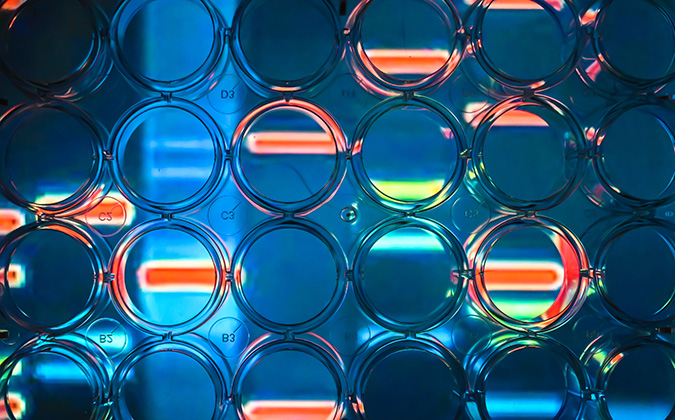
Bacterial risks in recirculating systems can be managed, study suggests
There is a risk that antibiotic resistant bacteria of the Aeromonas genus can be introduced into recirculating aquaculture systems (RAS), according to new research in France — while fish feed can provide bacteria with a route into these highly controlled production environments.
In an attempt to address unknowns around the presence and characteristics of bacteria in RAS, researchers at INRAE in Nantes have been sampling the sediment, biofilms and fish feces present in an experimental flow-through system. The RAS is stocked with rainbow trout and sources water from the municipal supply.
The scientists, led by Nora Navarro-Gonzalez, DVM, PhD, sampled for the presence of Escherichia coli (E. coli), Aeromonas spp. and Pseudomonas spp.
Bacterial monitoring offers mainly positives
E. coli was not found in any part of the system, although other coliforms were, including Citrobacter freundii, a species of human medical concern. This finding is going to by analyzed further as part of the ongoing work.
The presence of Pseudomonas was also low, while none of the bacteria analyzed in the study were found in the system’s input water.
“There are not a lot of food-producing environments that can say they are free of E. coli. It is also good that we did not find more Pseudomonas,” Navarro-Gonzalez explained to an audience at the Aquaculture Europe conference.
Resistance possible — but risks low
With Aeromonas by far the most commonly found of the bacteria studied, antibiotic-resistance testing was carried out on that genus only. Of the samples taken, 65% were found to be resistant to the antibiotic tetracycline.
Resistant strains were found in all compartments of the RAS and also in feed—the latter observation suggesting that more quality control may be needed in commercial feeds, she said.
There were lower frequencies of Aeromonas resistance to other drugs, including 15% of the bacteria resistant to cefotaxime and 7% to colistin. However, these resistant strains didn’t persist long in the system, she stressed.
Comparing data from the RAS to data from hospitals, similar values for the lowest concentration of antibiotics needed to inhibit growth of bacteria were seen.
“Our interpretation is that there is no resistant strain from the aquatic environment that is emerging that could more successfully infect humans. This is good news for food security and for human health,” she continued.
Addressing unknowns
Although RAS are closely controlled and monitored, there is potential for pathogens to circulate after introduction via fish or food sources, as illustrated by this work. European Food Safety Authority concerns about lack of knowledge on antibiotic resistance in aquaculture provided the inspiration for the project, Navarro-Gonzalez explained.
“RAS are increasingly established in Europe, but we don’t have any data about this food-producing environment,” she added.






